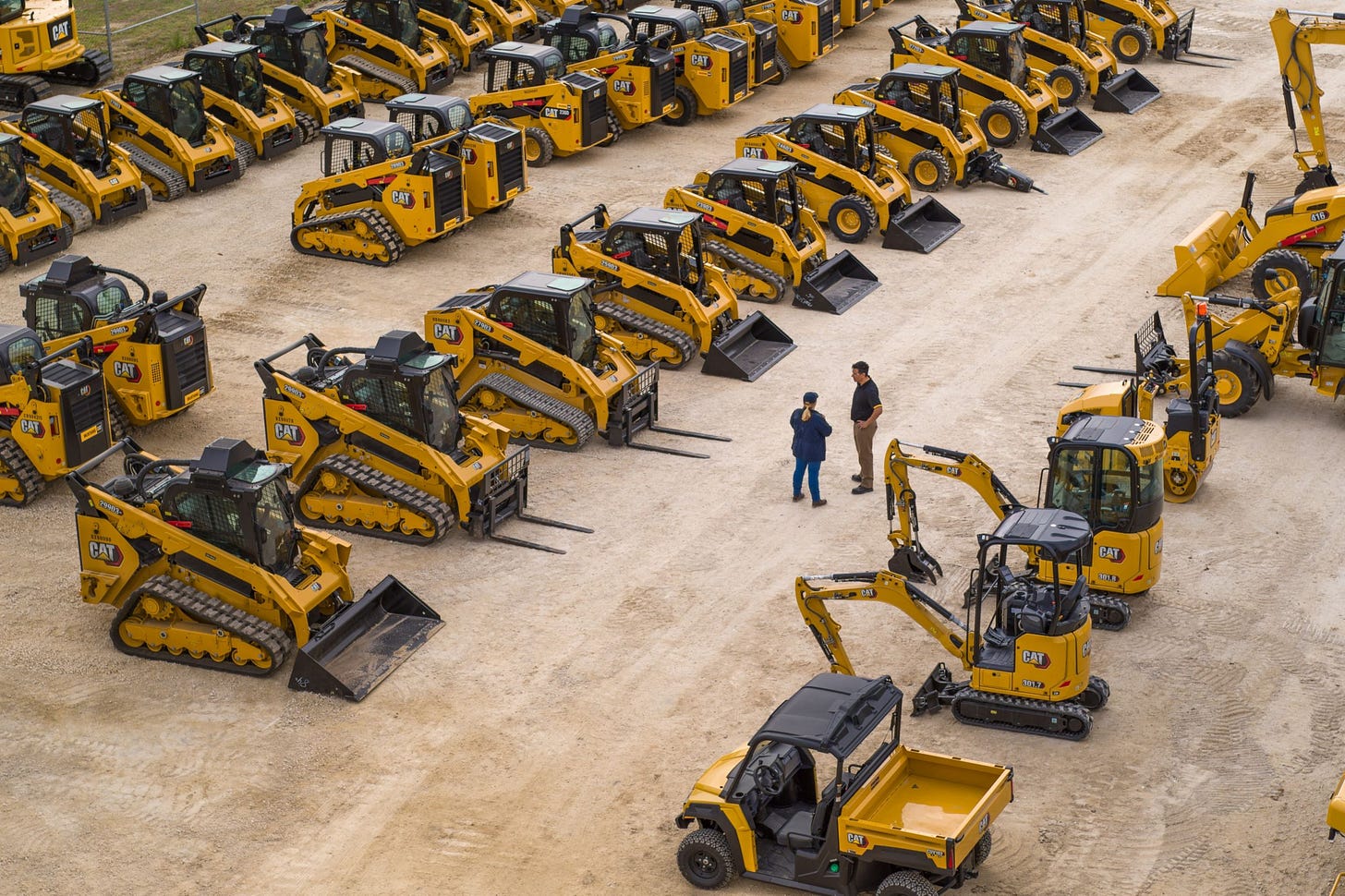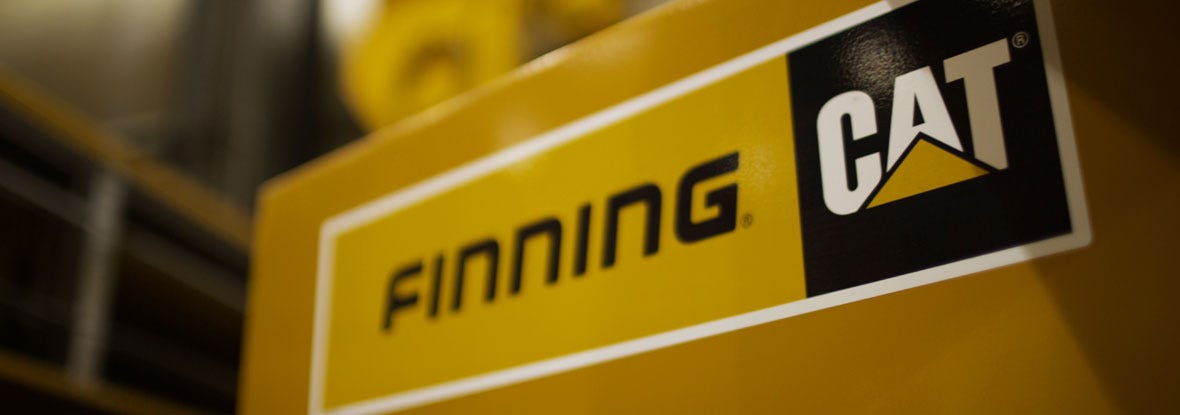Dealership framework: Why the auto and machinery industries adopt it?
One of the questions that bugged me while researching on the heavy machinery and automobile industries was why the focus on dealership rather than doing everything themselves. Now I know.
TL;DR: Anti-trust.
While I was deep-diving into CAT 0.00%↑ , the company boasting its vast dealership network became a question rather than a strong selling point of the company. It also linked me to question other industries that adopted the same framework - why are heavy machineries and automakers adopting the dealership framework rather than selling products on their own?
Isn’t it better or logical to have control over everything?
Coming and hailing from Asia with Monopoly 101 knowledge wanted to add more brownie points to assessing the moat of a company.
And as I dug deeper on why things are the way they are, I thought it would be great to add this as a note to future me and my readers.
The transport industry used to be a oligopolistic
It all started with in 1901, when James Jerome Hill, the president of and the largest stockholder in the Great Northern Railway, won the financial support of J. P. Morgan and attempted to take over the Chicago, Burlington and Quincy Railroad (CB&Q).
The merger made Northern Securities, the merged railway company the biggest company in the world and a US railway monopoly. William McKinley, then the US President, was assassinated allegedly for not pursuing antitrust movements against Northern Securities.
Theodore Roosevelt, the more progressive Vice-President who then took over, ordered the United States Department of Justice to pursue a case against Northern Securities. The merger would later be deemed unlawful, and Hill was forced to disband his holding company and manage each railroad independently.
The antitrust against Northern Industries served as a framework for later on to break up the exclusivity dealership framework by the automobile oligopoly of Chrysler, Ford and GM.
Bans On Direct Manufacturer Sales To Car Buyers
Almost every State laws prohibits auto manufacturers from selling and marketing cars directly to the public.
For every car rolled off the assembly line, it goes to an authorised dealer which acts as the intermediary before sold to a car buyer.
For more details you can head over to the US Department of Justice website and read up the antitrust’s Competition Advocacy Paper.
After getting a grasp of how and why this law is in place, one might question the current Tesla direct dealership dispute, which could still be TSLA 0.00%↑ Achilles’ heel in the future.
This ban would likely be applicable not just to the auto industry, but also the heavy machinery industry as well. Which confirms the fact on why Caterpillar and its cohorts employ the dealership framework to market their products.
Benefits of the dealership network
The dealership network framework has its perks. Dealers have local expertise and relationships that multinational companies might take time to grasp and learn from if they set up their own sales and service office.
Once a sales and service office is setup, resources has to be channeled and allocated to create a network of sales and service points, mostly smaller presences or outposts. This is even more important for the niche and specialised heavy and industrial machinery business. Fixed costs can become an issue if sales stalls or shrinks during economic or commodity downturns.
The vertical integration playbook does not always play in favour of all types of industries. In fact, those that really specialises into their niche and key competitive advantage are the ones who thrives.
Companies like TSM 0.00%↑ NVDA 0.00%↑ comes to mind, rather than having a vertical integrated device manufacturer like INTC 0.00%↑ .
My thoughts and ending notes
Rather than think or imagine the worst could happen in dealers somewhat holds manufacturers as hostage, in the normal world, corporates rely on each other to thrive, grow and survive.
The dealership network, gives Caterpillar the opportunity to focus on what it does best - making world class equipments to serve an evergreen industry and sector. The sales, services and marketing can be done by dealers who know the end customers and their needs better.
The de factor rule or law in the US, could also be present in similar fashion in other parts of the world. So rather than adopt a different playbook tailored for each country, the best is to standardise the approach and just replicate by working with interested dealers.
After all, a dealership partnership is actually symbiotic, a win-win for both Caterpillar and its dealer partners.



